Figures & data
Figure 1. MR imaging of the experimental setup in axial (a) and coronary (b) orientation. MR images show the liver in the center (1), the agarose gel phantoms in the periphery (2), the laser applicator (3), the plastic tube (4) passing through the liver (partial representation of the plastic tube in a), and bloodless vessels (5). A schematic in axial orientation with the position of the MR slice is shown in (c). The artificial vessel is positioned at right angles to the applicator and the MR imaging plane.
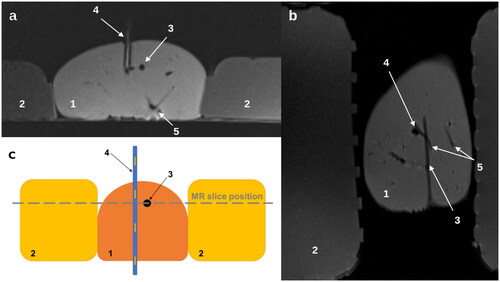
Figure 2. Sketch of the computational domain Ω and the boundary decomposition: radiating surface of the applicator cooled surface of the applicator
surface of the artificial blood vessel
and ambient surface of the liver

Table 1. Experimental setup for the test cases.
Table 2. Modeling parameters for simulating ex-vivo porcine liver tissue with an artificial blood vessel.
Table 3. Positions of the applicator and the artificial vessel.
Figure 3. Case 1: Comparison between measured and simulated temperature
The standard deviation σ is computed within the dashed box, disregarding the hatched area where the measurement is unreliable due to coagulation.
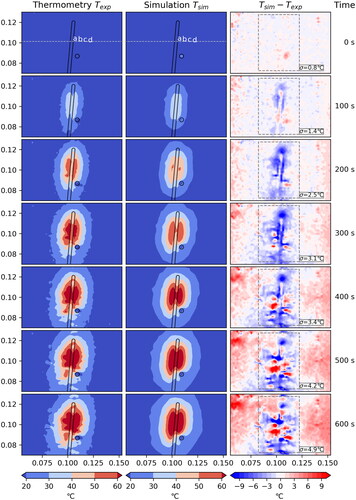
Figure 4. Case 2: Comparison between measured and simulated temperature
The standard deviation σ is computed within the dashed box, disregarding the hatched area where the measurement is unreliable due to coagulation. Note: For this case artifacts in the MR thermometry data likely result in faulty temperature measurements.
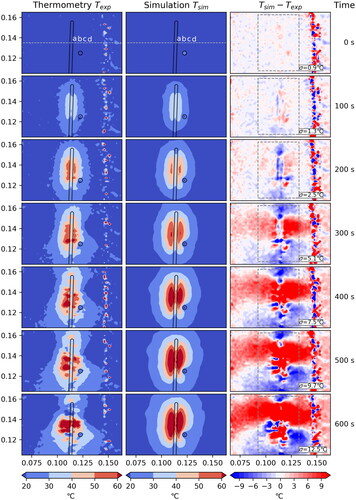
Figure 5. Case 3: Comparison between measured and simulated temperature
The standard deviation σ is computed within the dashed box, disregarding the hatched area where the measurement is unreliable due to coagulation.
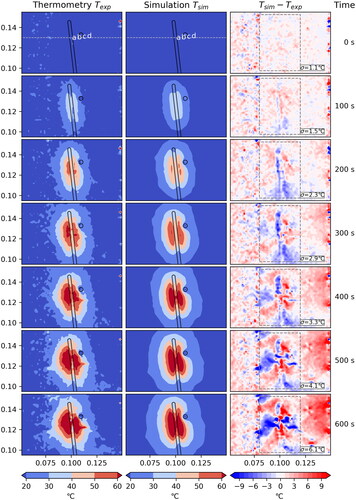
Figure 6. Case 4: Comparison between measured and simulated temperature
The standard deviation σ is computed within the dashed box, disregarding the hatched area where the measurement is unreliable due to coagulation. Note: For this case artifacts in the MR thermometry data likely result in faulty temperature measurements.
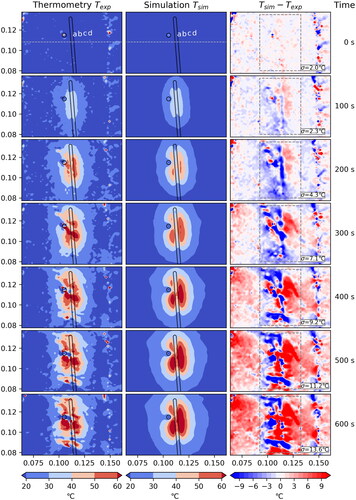
Figure 7. One-dimensional plot over the line shown in to compare measured and simulated temperatures at different time steps during the experiments.
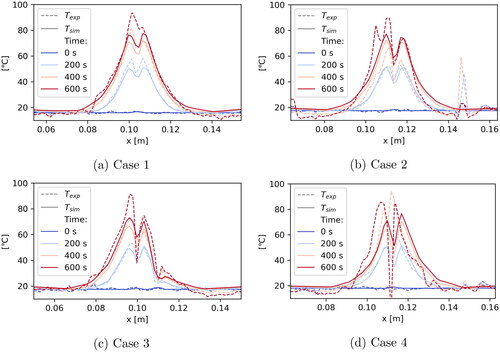
Figure 8. Plot over time at the points a, b, c and d () to compare measured and simulated temperatures.
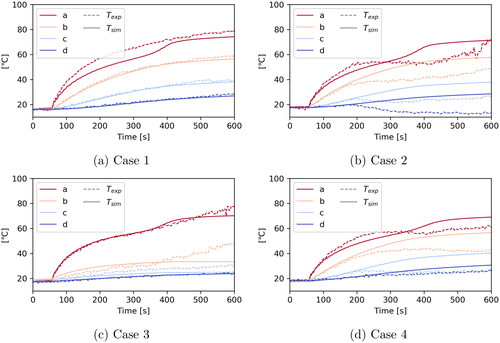
Table 4. Mean temperatures and
as well as standard deviation σ in regions of interest (ROI) with radius 5 mm around the vessel (ΩV) and contralateral to the vessel (ΩC), i.e. around the position of the vessel mirrored by the applicator.
